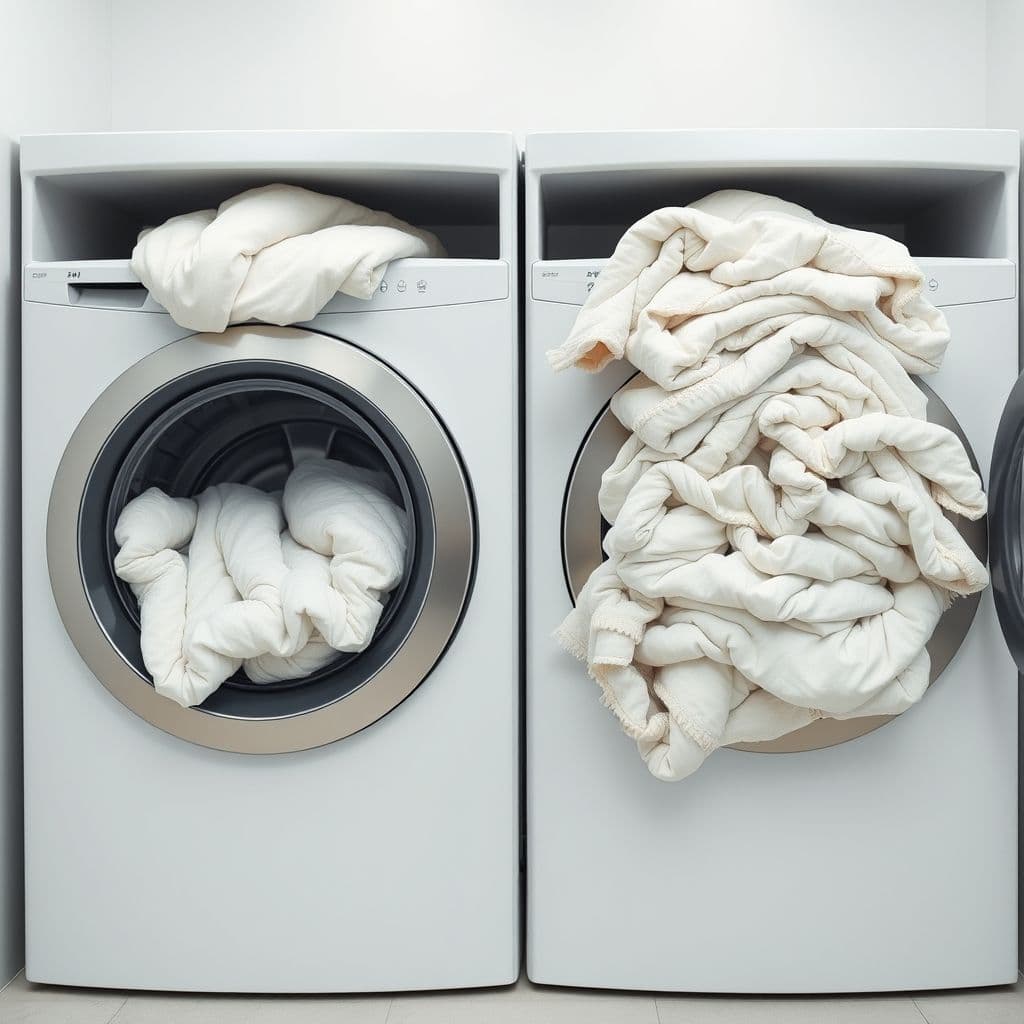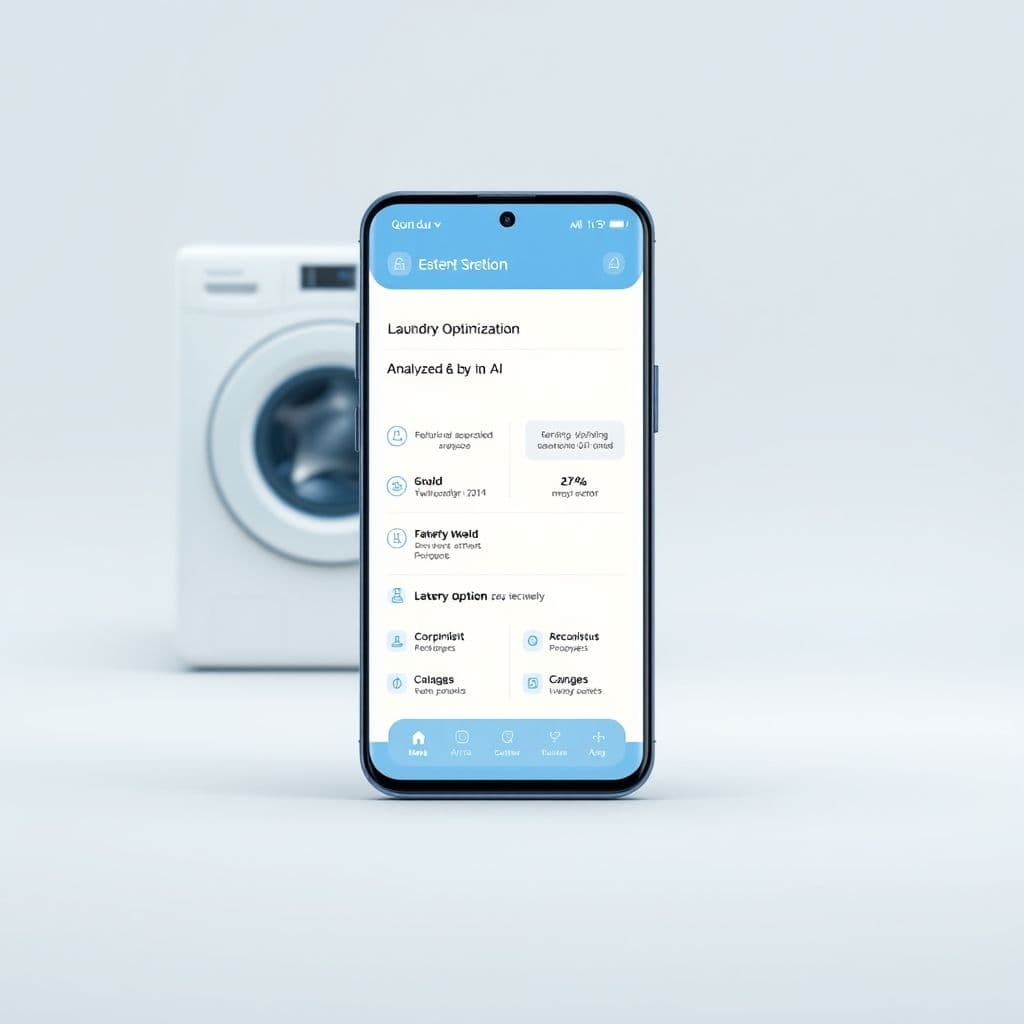The Laundry Dilemma: How AI Could Revolutionize Your Laundromat Experience

We've all been there - standing in front of a washing machine, trying to cram in just one more blanket, wondering why our clothes never come out completely clean. The comments on viral laundry videos reveal a universal struggle: most people don't know how to properly load a washing machine. This inefficiency leads to wasted money, damaged machines, and clothes that never get truly clean. But what if technology could help?
The Problem: Why Our Laundry Habits Are Costing Us
The viral TikTok video and its comments highlight several key issues with current laundry practices. First, there's the financial strain - laundromats charge per load, so overstuffing machines seems like a way to save money. However, as commenters point out, this actually wastes money because the clothes don't get clean. Second, mixing incompatible items (like rugs with blankets) leads to poor cleaning results. Third, improper loading can damage washing machines over time, leading to costly repairs that affect everyone who uses shared facilities.
The root causes are clear: lack of knowledge about proper laundry techniques, difficulty visualizing appropriate load sizes, and the pressure to save money on laundry expenses. This creates a vicious cycle where people continue practices that ultimately cost them more in the long run.

A Potential SaaS Solution: AI-Powered Laundry Optimization
Imagine a mobile application that could guide users through the entire laundry process. Using computer vision and AI, this hypothetical tool could analyze photos of laundry loads to provide real-time feedback on optimal loading. The app might feature:
1. Visual recognition to identify types of fabrics and recommend appropriate wash cycles
2. Load size calculators based on machine capacity and item types
3. Compatibility checkers to prevent mixing incompatible items
4. Cost optimization features that calculate the most economical way to wash a given load
5. Pre-wash checklists for stain treatment and preparation

Potential Benefits and Use Cases
Such a tool could revolutionize laundry habits in several ways. For individuals, it would mean cleaner clothes, longer-lasting garments, and actual cost savings from optimized loads. For laundromat owners, it could reduce machine wear-and-tear and improve customer satisfaction. College students living in dorms, busy parents, and anyone using shared laundry facilities would particularly benefit from this guidance.
The app could also incorporate community features, allowing users to share tips and tricks specific to their local laundromat's machines. Over time, the AI could learn from thousands of real-world examples to provide increasingly accurate recommendations.
Conclusion
The frustration evident in laundry-related viral videos reveals a widespread need for better laundry education. While no such comprehensive app currently exists, the concept shows how technology could solve everyday inefficiencies. By combining computer vision with practical laundry science, we could potentially save millions in wasted laundry expenses and countless hours of rewashing improperly cleaned items.
Frequently Asked Questions
- How accurate could an AI laundry assistant really be?
- With current computer vision technology, an AI could reasonably identify fabric types and estimate volumes with about 85-90% accuracy. The system would improve over time as it processes more real-world examples.
- Wouldn't this app just tell people things they should already know?
- While some laundry knowledge seems basic, the viral video comments prove many people lack this information. The app would provide accessible, instant guidance exactly when needed - at the washing machine.
- How could this app help save money at the laundromat?
- By optimizing load sizes and preventing rewashing of improperly cleaned items, users could reduce their total number of wash cycles. The app could also suggest when it's more economical to combine certain items versus washing them separately.


